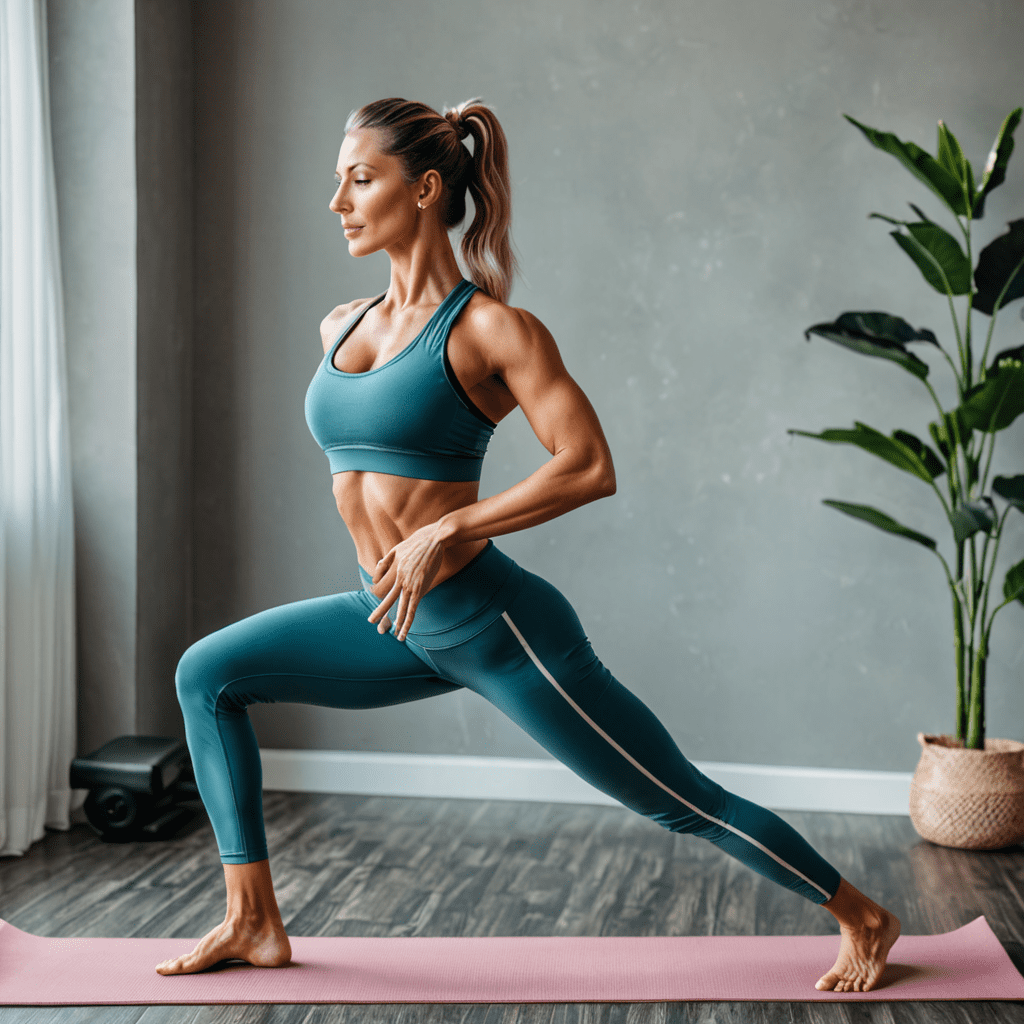
How Low Should I Squat: Finding the Right Depth for Your Squat
Squatting is a popular exercise that targets multiple muscle groups and helps improve strength and mobility. One common question that often arises is, “How low should I squat?” In this article, we will explore the factors that determine squat depth and provide guidelines to help you find the right depth for your squatting technique.
Understanding Squat Depth
Squat depth refers to the range of motion achieved during a squat exercise. It is typically measured by the angle at which the hip joint creases during the squatting movement. Squatting too shallow or too deep can have implications on performance, safety, and muscle activation.
Individual Differences and Mobility
The appropriate squat depth can vary from person to person due to individual differences in mobility. Factors such as hip and ankle flexibility, core strength, and muscle imbalances can affect one’s ability to perform a full-range squat.
It is important to assess your mobility before determining the ideal squat depth for you. If you have limited mobility, it may be necessary to work on improving your flexibility and mobility through stretches and mobility exercises before attempting deep squats.
The Parallel Squat: A Common Standard
One widely accepted standard for squat depth is the parallel squat. In a parallel squat, the hips are lowered until the top surface of the thigh is parallel to the ground. This depth is often considered a good compromise between range of motion and safety.
Performing parallel squats allows for adequate muscle activation while minimizing excessive stress on the knees and lower back. It also helps maintain proper form and ensures balanced muscle development.
What About Going Deeper? The Deep Squat
While the parallel squat is a popular choice, some individuals may opt for a deeper range of motion known as the deep squat. In a deep squat, the hips are lowered beyond parallel, bringing the glutes closer to the ground.
Deep squats can provide additional benefits, such as increased muscle activation in the glutes, hamstrings, and lower back. However, it is essential to approach deep squats with caution as they require higher levels of flexibility and may put more stress on the knees and lower back.
If you are considering deep squats, ensure that you have good hip and ankle mobility, actively engage your core muscles, and maintain proper form throughout the movement. Gradually work towards the desired depth and listen to your body to avoid any discomfort or pain.
The Quarter Squat: Limited Range of Motion
On the other end of the spectrum is the quarter squat, where the depth is minimal, and the knees are bent only slightly. Quarter squats are often performed for specific training purposes, such as targeting the quadriceps, emphasizing explosive power, or accommodating certain physical limitations.
While quarter squats can be beneficial in certain contexts, they should not replace full-range squats as they limit muscle activation and do not provide the same overall benefits. It is recommended to incorporate full-range squats as the foundation of your squatting routine and use quarter squats sparingly and purposefully, under the guidance of a qualified fitness professional.
Frequently Asked Questions (FAQ)
Q: Will squatting deeper automatically lead to better results?
A: Squat depth alone does not determine the effectiveness of the exercise. It is crucial to maintain proper form, engage the correct muscles, and progressively increase the load to see optimal results.
Q: Can squatting too low cause injury?
A: Squatting beyond your current level of mobility or with improper form can increase the risk of injury. It is recommended to work on mobility and form and gradually increase depth while listening to your body.
Q: How can I improve my squat depth?
A: Regular stretching and mobility exercises targeting the hip flexors, glutes, and ankles can help improve your squat depth over time. Additionally, working on core strength and muscle imbalances can also contribute to better squatting technique.
Remember, finding the right squat depth is a highly individualized process. It is essential to listen to your body, prioritize safety and proper form, and consult with a qualified fitness professional if you have any concerns. With practice and patience, you will be able to find the squat depth that works best for you and helps you achieve your fitness goals.


